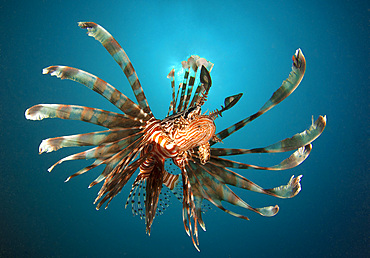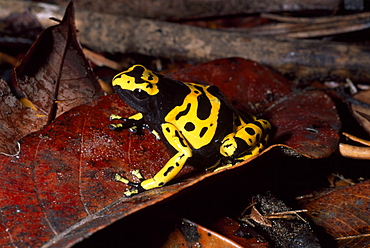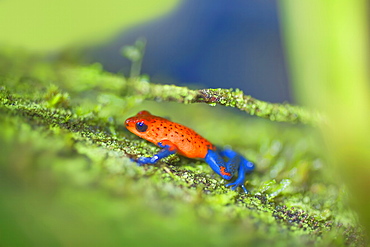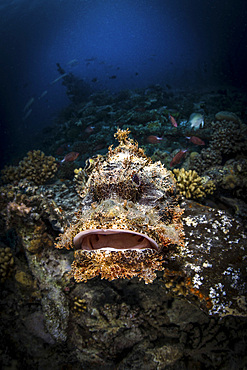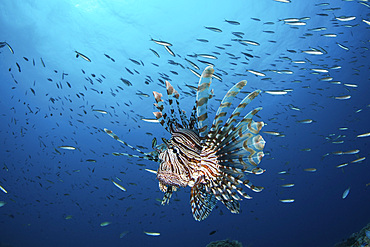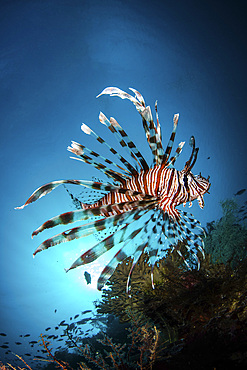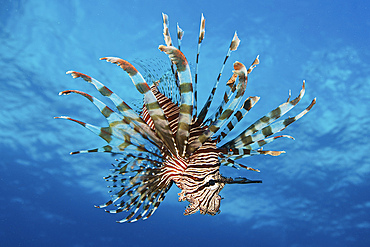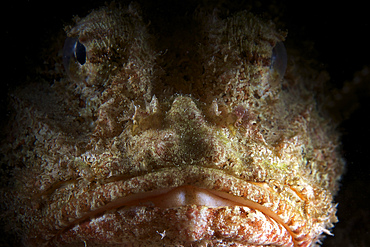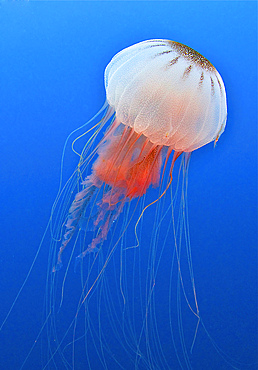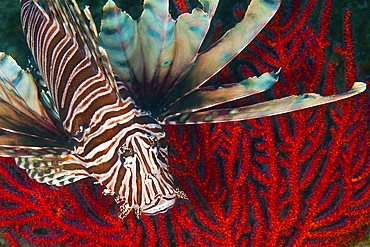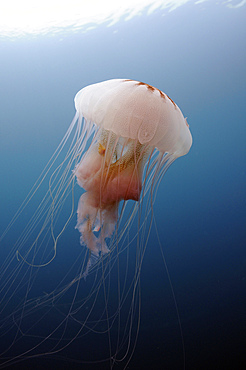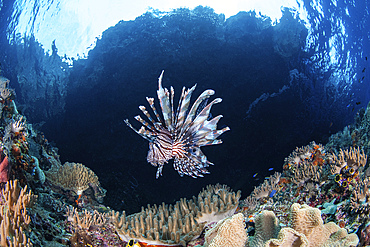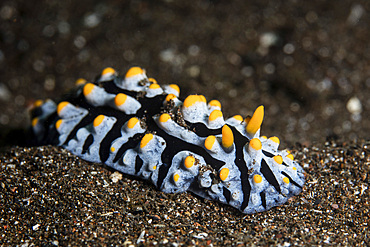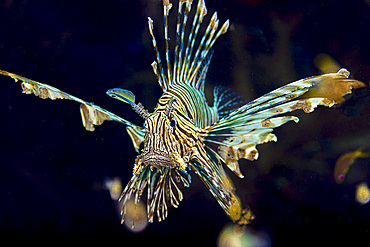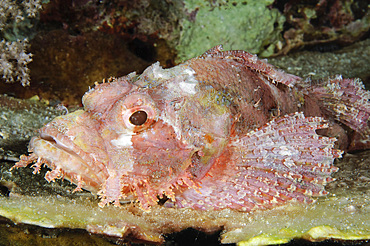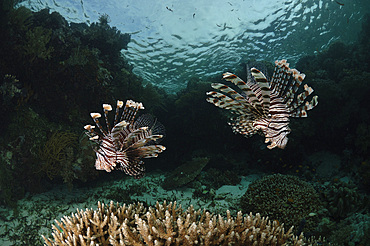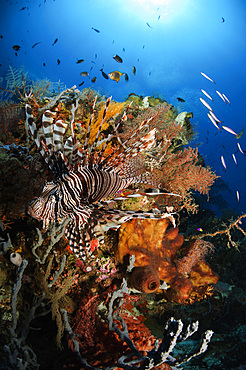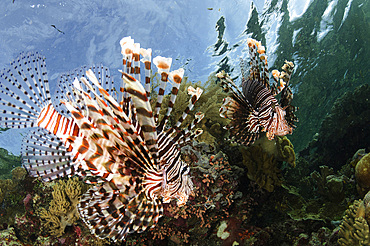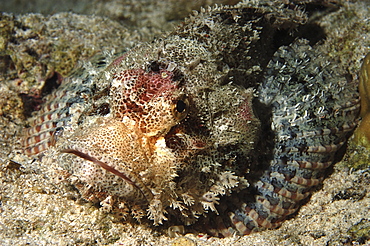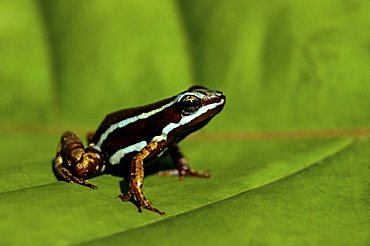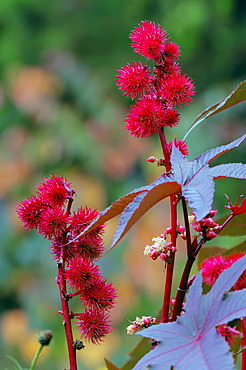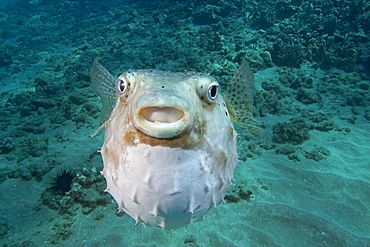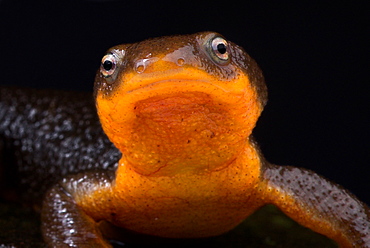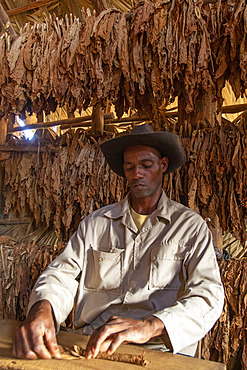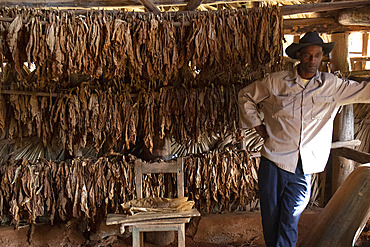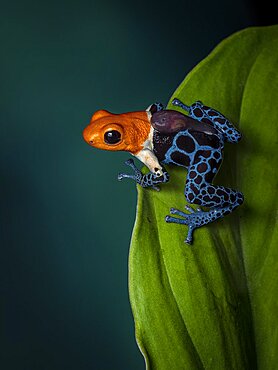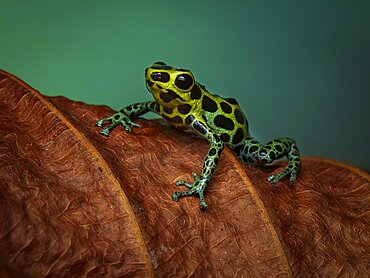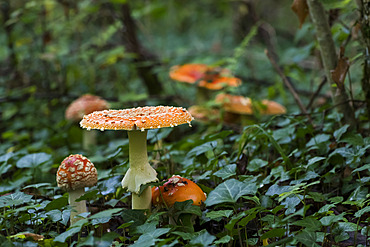Results
2 results found
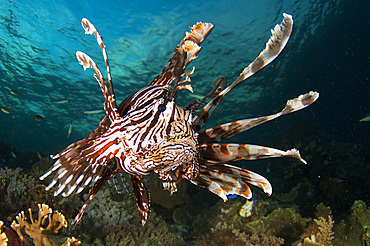
Close-up view of a lionfish (Pterois volitans), Raja Ampat, West Papua, Indonesia, Southeast Asia, Asia
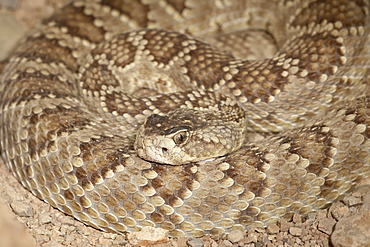
Western diamond-back rattlesnake (Western diamondback Rattlesnake) (Crotalus atrox) in captivity, Arizona Sonora Desert Museum, Tucson, Arizona, United States of America, North America
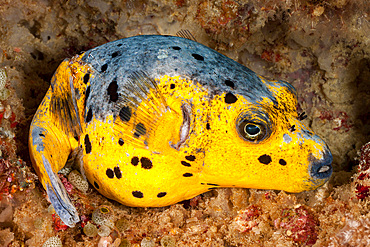
A blackspotted puffer (Arothron nigropunctatus) curled up on the reef for the night, Philippines, Southeast Asia, Asia
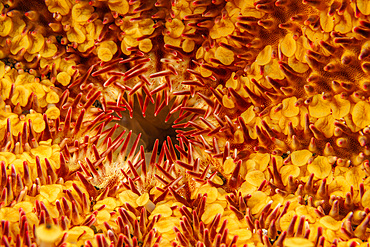
A close-up of the underside of the crown-of-thorns starfish (Acanthaster planci), United States of America, North America
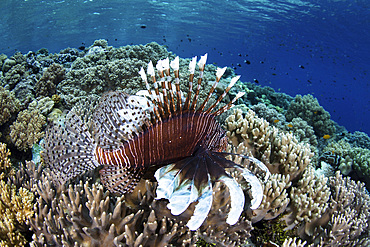
A lionfish (Pterois volitans) swims along the edge of a beautiful reef in Wakatobi National Park, Indonesia. This remote region is known for its incredible marine biodiversity and gorgeous reefs.

A banded sea snake (Laticauda colubrina) swims at the surface in Wakatobi National Park, Indonesia. This is one of the most venomous snakes in the world.
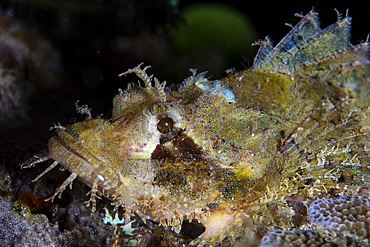
A Papuan scorpionfish (Scorpaenopsis papuensis) lies on a reef in Raja Ampat, Indonesia. This remote, tropical region is home to extraordinary marine biodiversity.
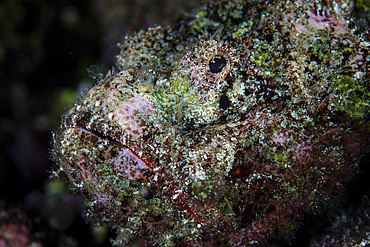
A well-camouflaged devil scorpionfish (Scorpaenopsis diabolus) waits to ambush prey on a reef in Raja Ampat, Indonesia. This remote, tropical region is home to extraordinary marine biodiversity.
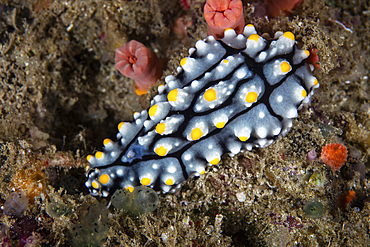
A vibrant nudibranch, Phyllidia sp., feeds on sponges on a coral reef in the remote, tropical islands of Raja Ampat, Indonesia.
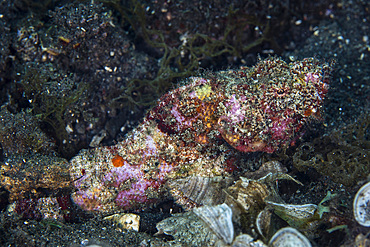
A well-camouflaged flasher scorpionfish, Scorpaenopsis macrochir, lies on a black sand slope just outside of Komodo National Park, Indonesia.
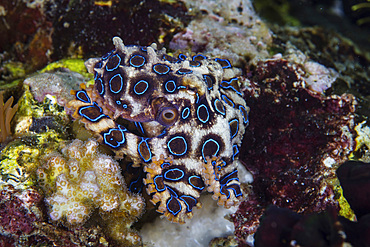
A greater blue-ring octopus, Hapalochlaena lunulata, crawls across a coral reef in Komodo National Park, Indonesia. There are several blue-ring octopus species and all of them are extremely venomous.
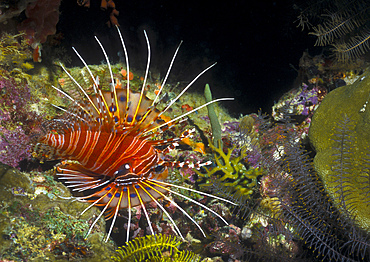
A Spotfin Lionfish flares it's dorsel spines and fins to display threat while laying on a colorful reef at night in the warm clear waters of Papua New Guinea. Lionfish float fearlessly around the reef as they are also one of the most venomous residents there.
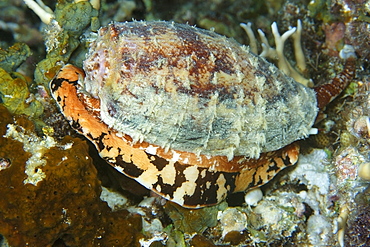
Cone shell (Conus geographus), most toxic conus species, Short drop-off, Palau, Caroline Islands, Micronesia, Pacific Ocean, Pacific
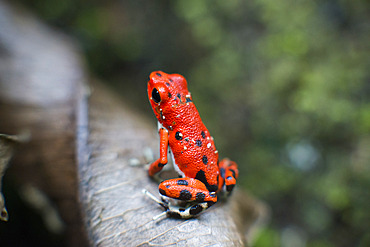
Strawberry Poison Frog (Dendrobates pumilio), adult, Bastimentos National Park, Bocas del Toro, Panama. The strawberry poison frog or strawberry poison-dart frog (Oophaga pumilio or Dendrobates pumilio) is a species of small amphibian poison dart frog found in Central America. It is common throughout its range, which extends from eastern central Nicaragua through Costa Rica and northwestern Panama. The species is often found in humid lowlands and premontane forest, but large populations are also found in disturbed areas such as plantations. The strawberry poison frog is perhaps most famous for its widespread variation in coloration, comprising approximately 15���30 color morphs, most of which are presumed to be true-breeding. O. pumilio, while not the most poisonous of the dendrobatids, is the most toxic member of its genus. The species is most diverse in Panama with varieties in vivid shades of all red, orange, blue, yellow or green, green and yellow, white with red, orange or black and spotted varieties. The most colorful mix is found in Isla Bastimentos Marine National Park though not all in one place. Colors vary by location. A beach on the north side of the island is named after the species. Two of Southern Explorations' Panama tours visit red frog habitat. Both the eight-day Panama Adventure trip and eleven-day Panama Highlights trip spend time in Isla Bastimentos Marine National Park and the former also goes to Red Frog Beach.
The red frog is not as poisonous as some of its cousins and is not a threat to humans. It subsists on a diet of ants that dine on poisonous plants, providing the red frog its protective skin toxin. Males attract females with a loud quick chirp. To hear the distinctive sound before you depart on your Panama tours, go to the University of Michigan Museum's biodiversity website (www.animaldiversity.ummz.umich.edu.) After birth, the tadpoles climb aboard the mother who deposits them in different protected areas where she retu
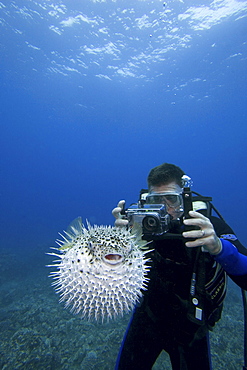
Hawaii, Diver photographing a spotted porcupinefish (diodon hystrix), puffed up with spines sticking out.
